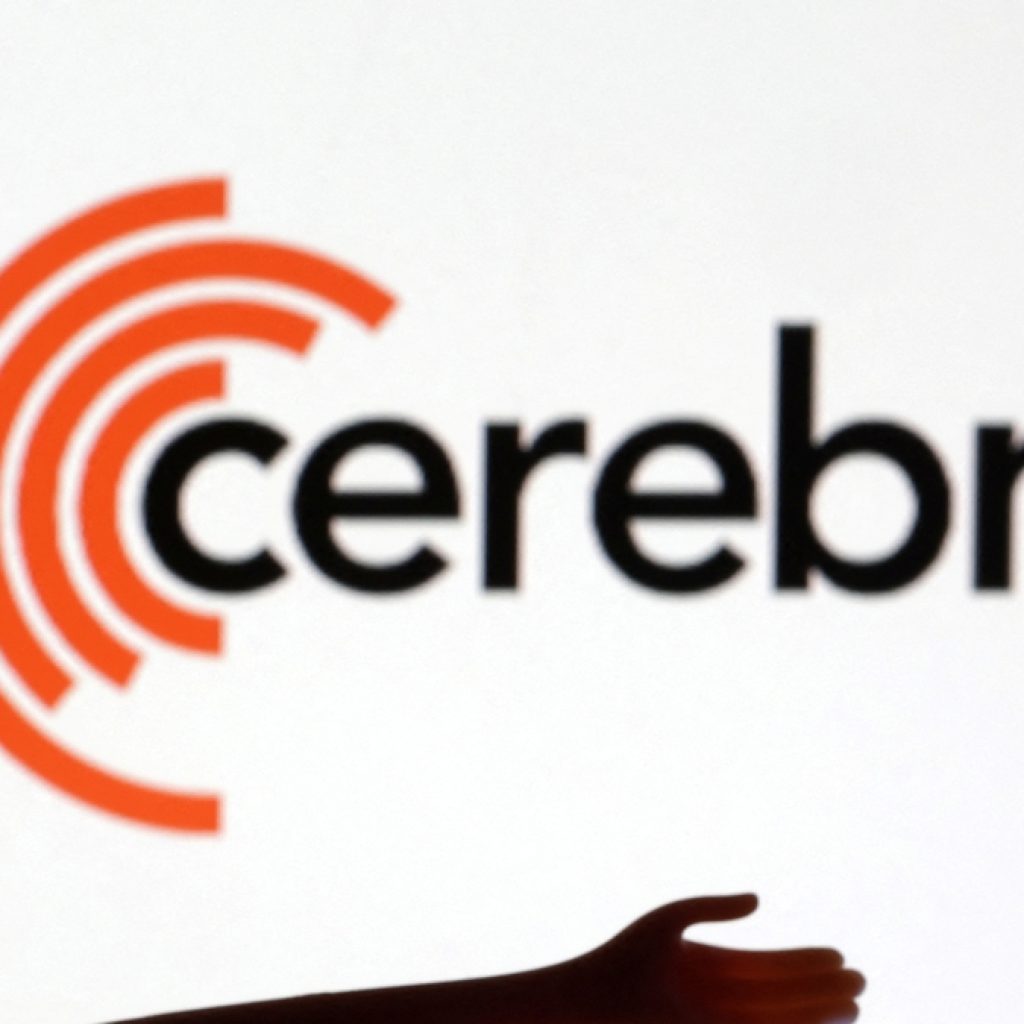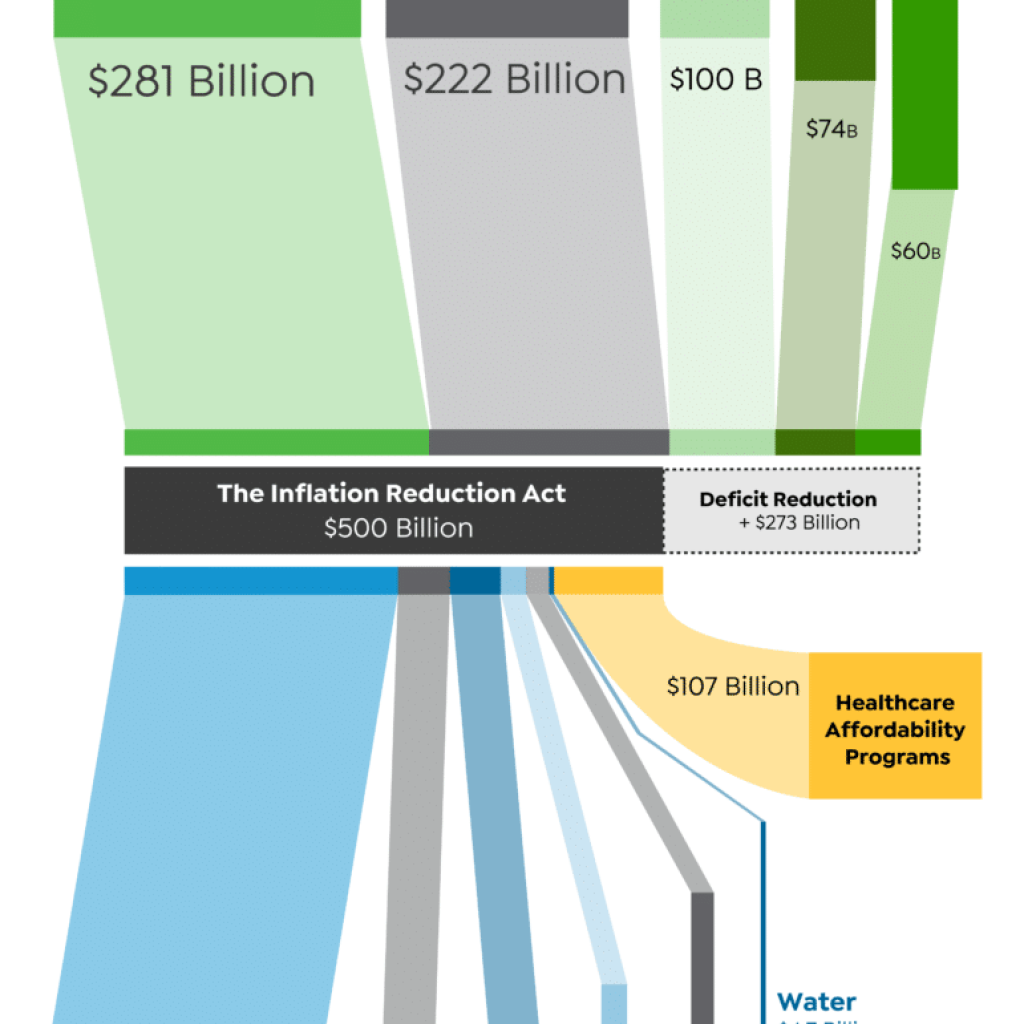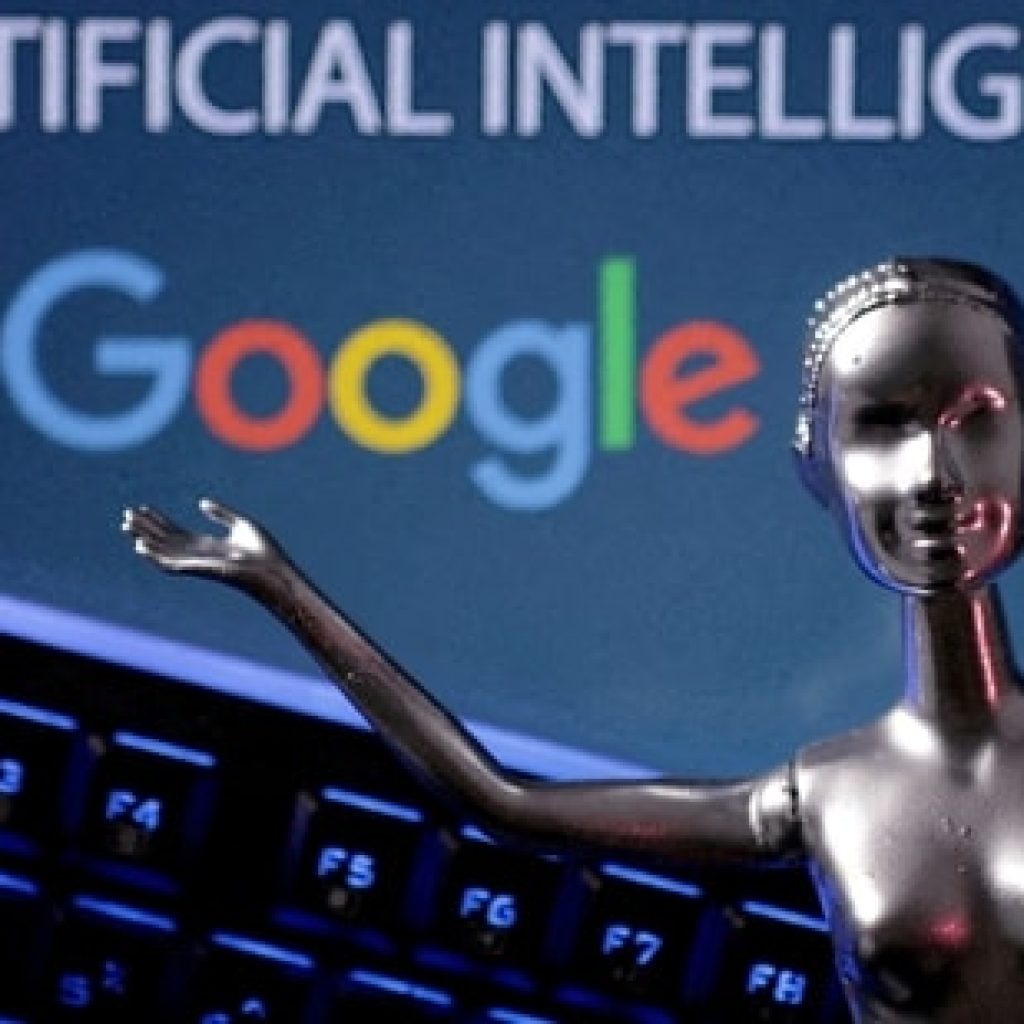In a stunning display of cutting-edge robotics, Tesla’s Optimus robot has taken the world by storm with its remarkable capabilities, leaving even industry stalwarts like Boston Dynamics’ Atlas in its technological rearview mirror. Leveraging the power of artificial intelligence, Tesla’s Optimus has demonstrated a unique prowess in tasks ranging from yoga poses to object manipulation. Let’s take a look into the ten compelling reasons why Tesla’s AI-powered Optimus robot stands head and shoulders above the competition, particularly the well-known Boston Dynamics Atlas.
A leap forward in robotic innovation
As the field of robotics advances at an unprecedented pace, Tesla’s Optimus emerges as a formidable contender, showcasing a series of groundbreaking features that set it apart from the competition. Here are the ten key reasons why Tesla’s Optimus robot is leading the pack, outshining even Boston Dynamics’ celebrated Atlas.
1. Neural network-powered autonomy
Tesla’s Optimus achieves a level of autonomy that few robots can match. Unlike many of its peers, it operates solely on a neural network, relying on input from cameras and limb positions to predict and execute actions. This innovative approach eliminates the need for manual programming and paves the way for a new era of adaptable and intelligent robotics.
2. End-to-end training for seamless learning
End-to-end training is at the core of Tesla’s Optimus robot’s capabilities. This means that it learns entire tasks holistically, without the necessity of breaking them down into smaller, discrete subtasks. This streamlined learning process enables the robot to quickly adapt to various tasks, making it incredibly versatile.
3. Onboard computing for real-time autonomy
One of Tesla’s Optimus’s standout features is its onboard computing capabilities. Unlike many robotic systems that rely on cloud-based processing, this robot operates autonomously within its own hardware. This self-reliance ensures that the robot can function as long as its battery lasts, without the need for constant connectivity.
4. Data-driven learning is the key to versatility
Tesla’s approach is inherently data-driven. The more data the robot collects, whether through simulations or real-world actions, the better it becomes at learning new complex tasks. This adaptability is a testament to the robot’s potential for a wide range of applications and interactions.
5. Unparalleled adaptability to impromptu tasks
The adaptability of Tesla’s Optimus extends to impromptu tasks. Users can communicate their intentions to the robot, akin to how language models operate. This ability to understand and respond to user input hints at the potential for human-like interactions with the machine.
6. Exceptional fine motor skills
Fine motor skills are notoriously challenging to program explicitly in robots. But, Tesla’s Optimus showcases remarkable dexterity as it adeptly handles and manipulates objects with precision. This capability opens up possibilities in various industries, from manufacturing to healthcare.
7. A perfect balancing act
In a jaw-dropping display of balance, Tesla’s Optimus maintains stability while executing yoga stances, demonstrating an unmatched level of physical dexterity. This exceptional balance holds significant promise for applications in physically demanding industries.
8. Rapid progress unmatched by competitors
One striking aspect that sets Tesla’s Optimus apart is its rapid progress. Within just a few years, the robot has evolved from conceptual stages to functioning prototypes. In contrast, other robotic endeavors have struggled to achieve similar advancements over extended periods, highlighting the efficiency of Tesla’s learning and adaptability model.
9. Business-focused approach for scalability
Tesla’s leadership, particularly CEO Elon Musk, places a strong emphasis on cost reduction, acceleration, and scalability. This business-driven approach suggests that Tesla’s Optimus is not just a technological marvel but also a strategic move towards robotic systems that can effectively compete with human workers in various industries.
10. Exploring the boundaries of automation
As Tesla’s Optimus continues to push the boundaries of what robots can achieve, the possibilities for automation in sectors like food service, manufacturing, and beyond become increasingly intriguing. The robot’s demonstrated capabilities invite speculation about the vast array of tasks it could potentially master.
AI-powered Tesla’s optimus to outperform industry giants
Tesla’s AI-Powered Optimus robot has firmly established itself as a trailblazer in the world of robotics, thanks to its neural network-powered autonomy, data-driven learning, rapid progress, and business-focused approach. While the robot’s full potential may still be on the horizon, its capabilities already leave industry giants like Boston Dynamics’ Atlas in the dust. As Tesla continues to refine and develop its Optimus program, the future of robotics looks more promising and innovative than ever before.





